Rising Demand for Fuel Efficiency
The Automotive HVAC Duct Market is experiencing a notable increase in demand for fuel-efficient vehicles. As consumers become more environmentally conscious, automakers are compelled to enhance the energy efficiency of their vehicles. This trend is likely to drive innovations in HVAC duct design, focusing on lightweight materials and improved airflow dynamics. According to recent data, vehicles equipped with advanced HVAC systems can achieve up to 10% better fuel economy. Consequently, manufacturers are investing in research and development to create HVAC ducts that not only meet regulatory standards but also contribute to overall vehicle efficiency. This shift towards fuel efficiency is expected to bolster the Automotive HVAC Duct Market, as it aligns with broader sustainability goals and consumer preferences.
Regulatory Compliance and Standards
The Automotive HVAC Duct Market is significantly influenced by stringent regulatory compliance and standards aimed at reducing emissions and enhancing vehicle safety. Governments worldwide are implementing regulations that mandate the use of environmentally friendly materials and energy-efficient systems in vehicles. This regulatory landscape compels manufacturers to innovate and adapt their HVAC duct designs to meet these evolving standards. For instance, the introduction of regulations regarding the use of low-VOC materials in automotive interiors has prompted HVAC duct manufacturers to explore sustainable alternatives. As a result, the Automotive HVAC Duct Market is likely to witness a shift towards more eco-friendly products, which not only comply with regulations but also appeal to environmentally conscious consumers.
Growth in Electric Vehicle Production
The Automotive HVAC Duct Market is poised for growth due to the increasing production of electric vehicles (EVs). As the automotive landscape shifts towards electrification, the demand for specialized HVAC systems tailored for EVs is on the rise. Unlike traditional vehicles, EVs require HVAC systems that can operate efficiently with limited energy resources. This has led to innovations in duct design, focusing on compactness and lightweight materials. Data indicates that the EV market is projected to grow at a compound annual growth rate of over 20% in the coming years. This surge in EV production is likely to create new opportunities for HVAC duct manufacturers, as they adapt their products to meet the unique requirements of electric vehicles, thereby expanding the Automotive HVAC Duct Market.
Technological Innovations in Materials
The Automotive HVAC Duct Market is benefiting from technological innovations in materials used for duct manufacturing. Advances in polymer science and composite materials are enabling the production of lighter, more durable, and thermally efficient HVAC ducts. These innovations are crucial as they contribute to overall vehicle weight reduction, which is essential for improving fuel efficiency and performance. Recent studies suggest that the use of advanced materials can enhance the thermal insulation properties of HVAC ducts, leading to better climate control within vehicles. As automakers increasingly prioritize performance and efficiency, the demand for innovative materials in the Automotive HVAC Duct Market is expected to rise, fostering a competitive landscape among manufacturers.
Consumer Preferences for Comfort and Convenience
The Automotive HVAC Duct Market is increasingly shaped by consumer preferences for enhanced comfort and convenience in vehicles. As consumers seek more luxurious and comfortable driving experiences, the demand for advanced HVAC systems that provide superior climate control is on the rise. This trend is prompting manufacturers to develop HVAC ducts that facilitate better airflow distribution and temperature regulation. Market data indicates that vehicles equipped with advanced HVAC systems can significantly improve passenger comfort, leading to higher customer satisfaction ratings. Consequently, the Automotive HVAC Duct Market is likely to expand as manufacturers respond to these evolving consumer expectations, integrating innovative features that enhance the overall driving experience.



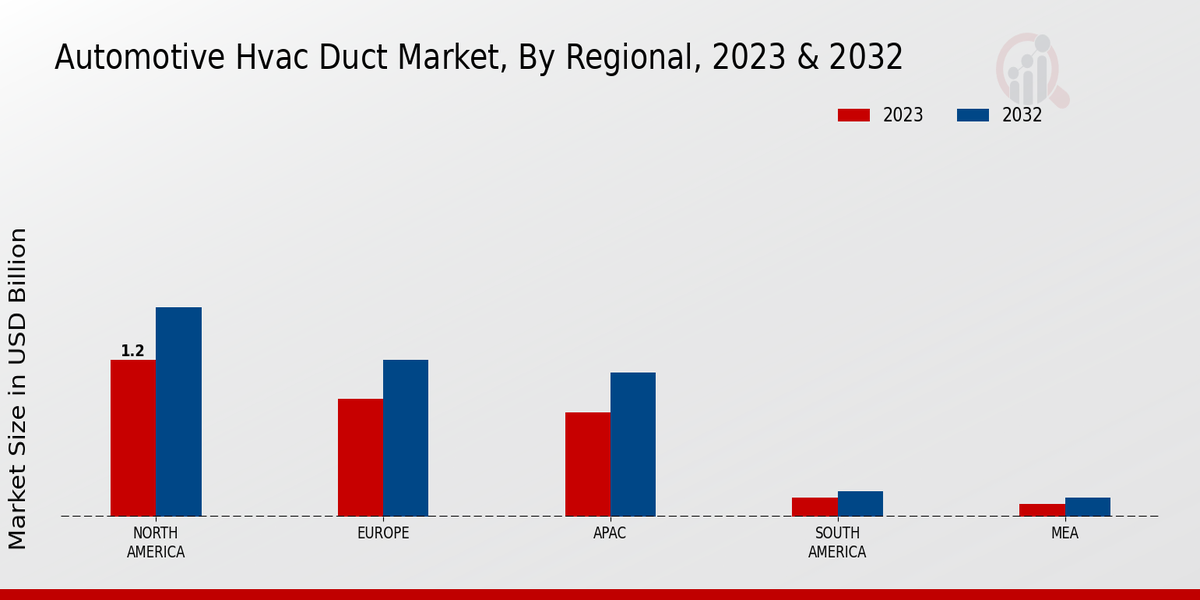

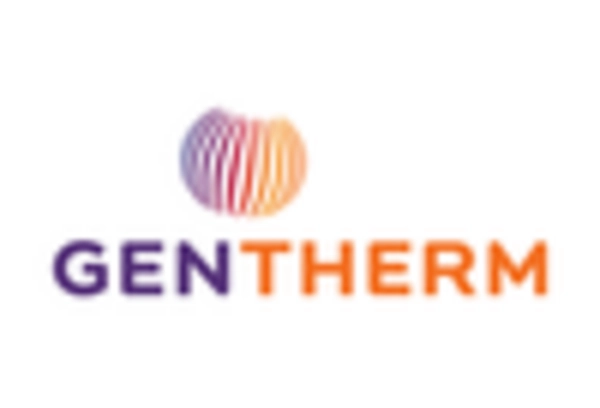
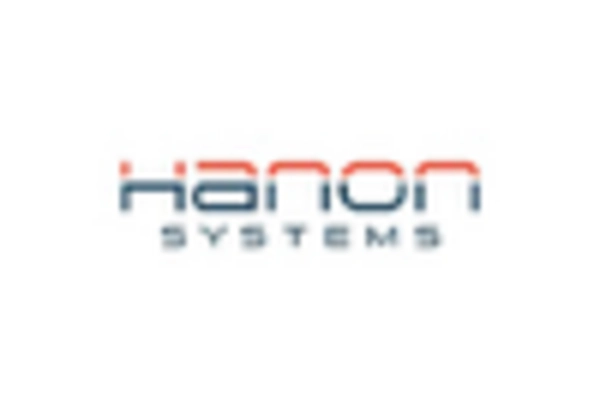
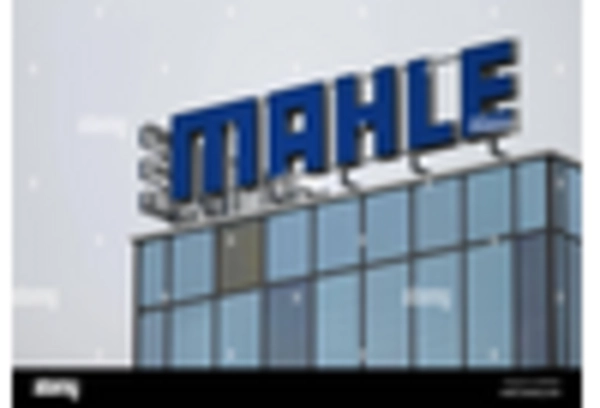
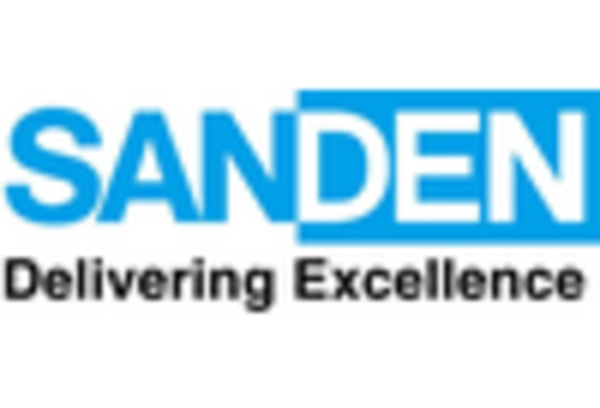









Leave a Comment